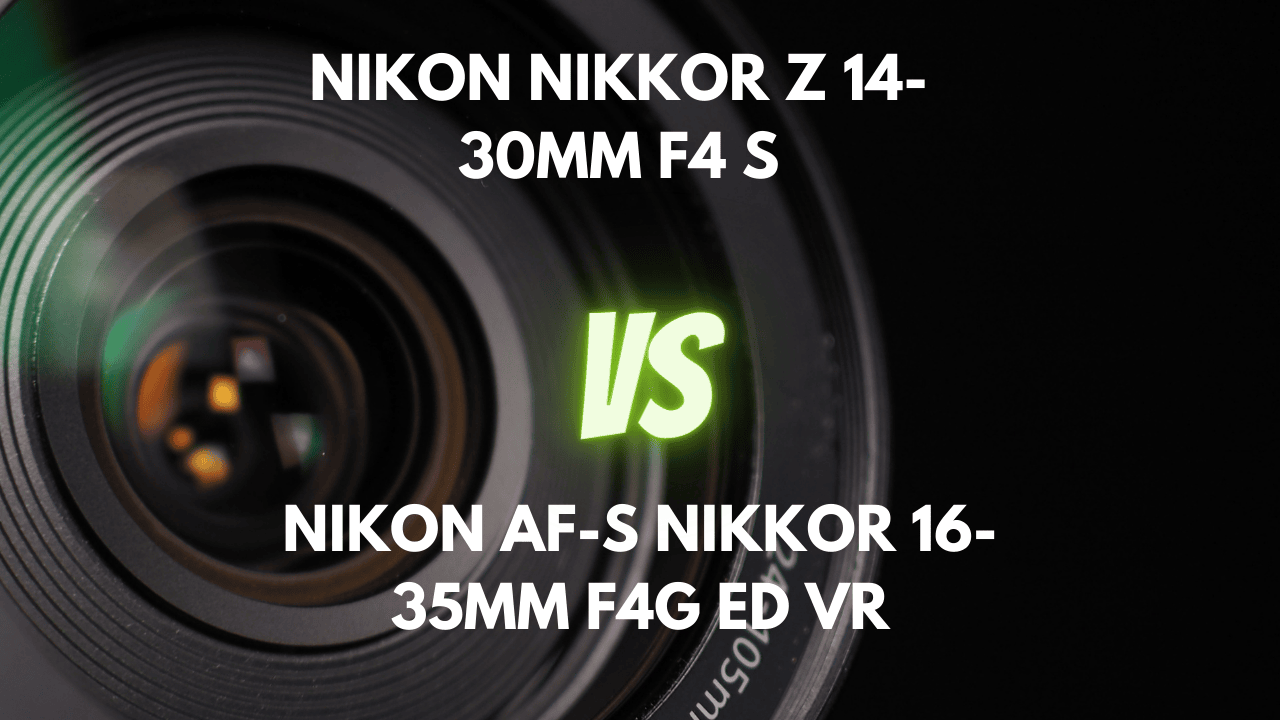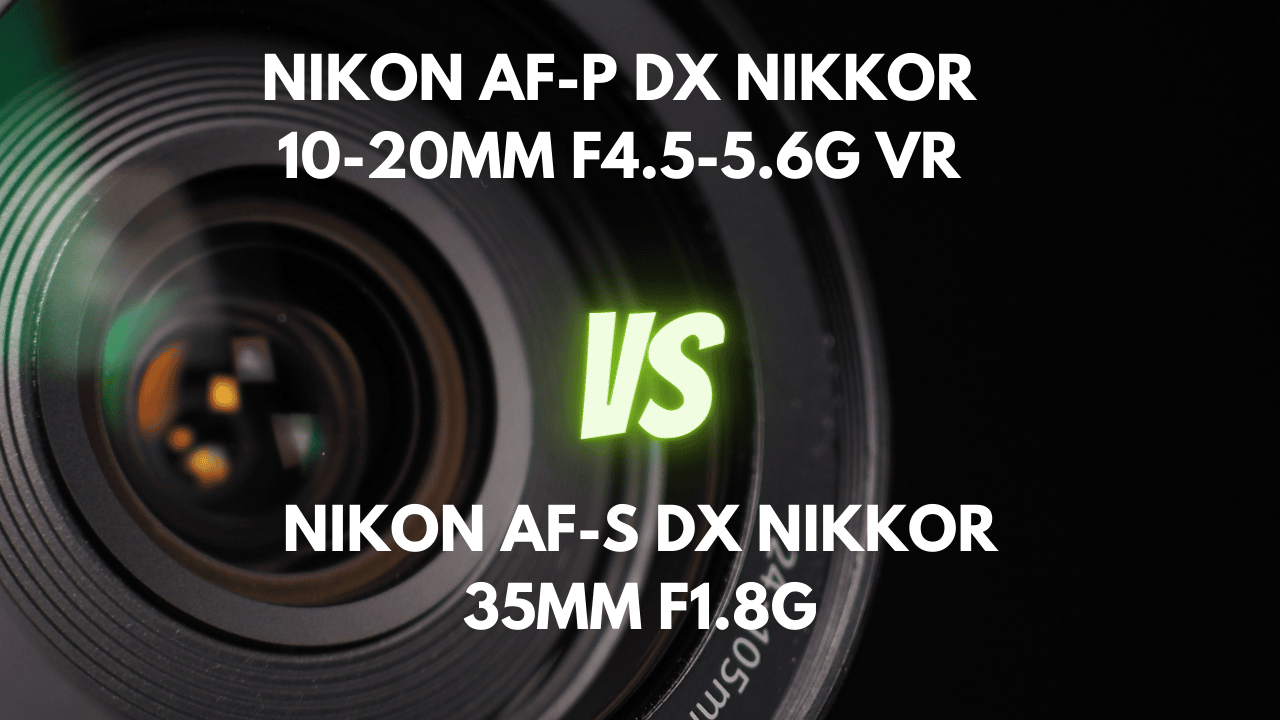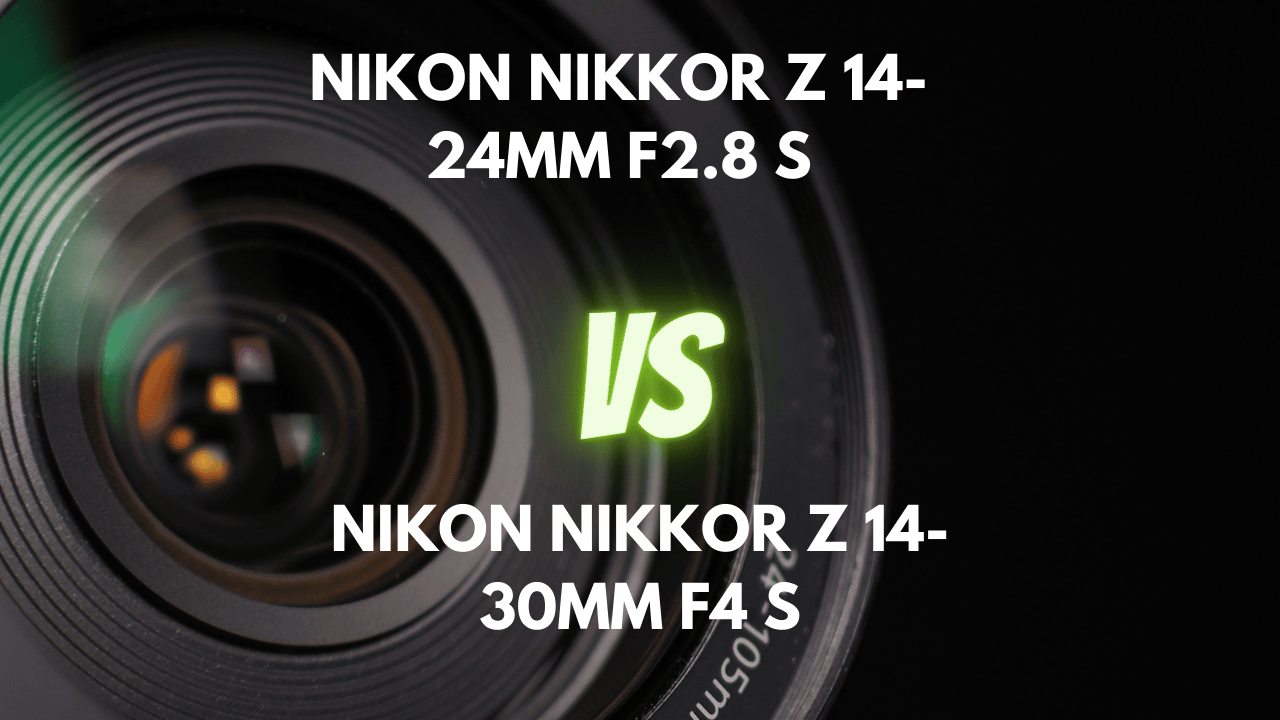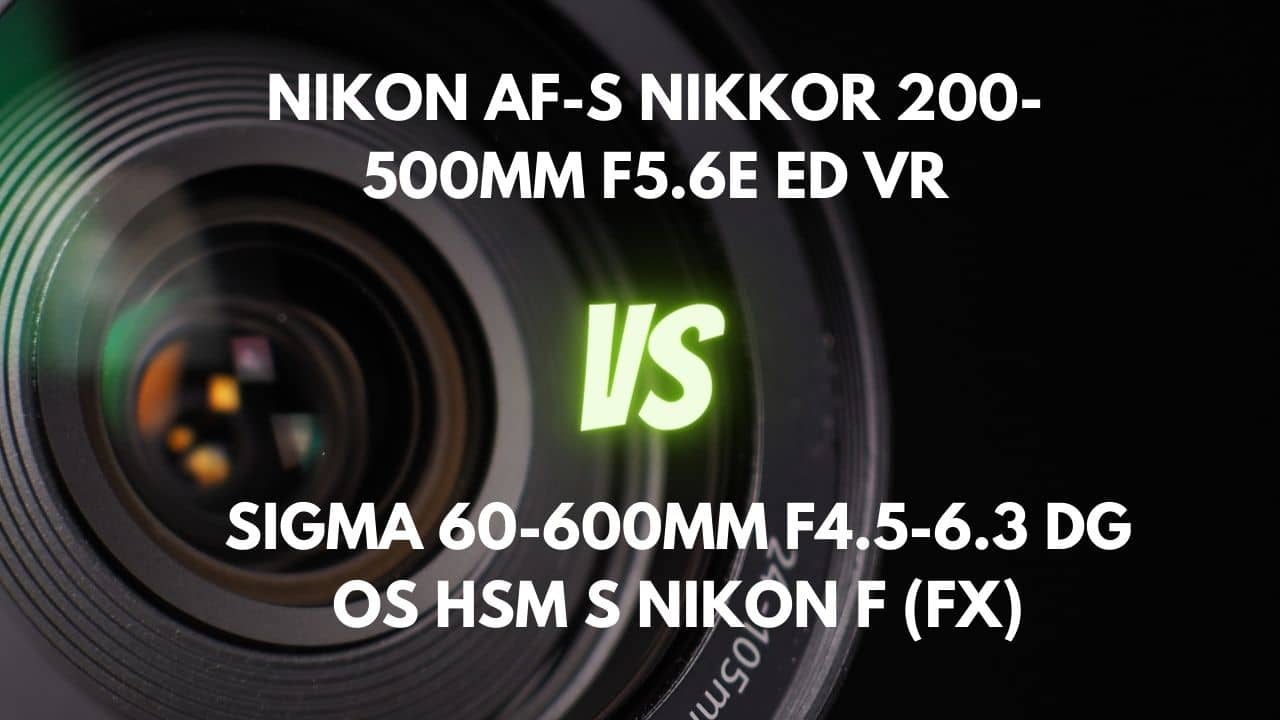In this discussion, we’ll compare two Nikon mirrorless cameras, the Z6, and the Z7, to figure out which one among these two is the best camera for astrophotography. The Z6 and the Z7 are both full frame mirrorless cameras from the Nikon stable. They were released at the same time and marked the entry of Nikon into the mirrorless segment. Both these cameras are equally good in their respective areas, but only one of the two is ideally suitable for astrophotography. So, is it the Nikon Z6 or Z7 for astrophotography? Let’s find out.
Astrophotography is a very demanding genre of photography. Not only it’s pitch black, so focusing and metering will be tricky; you need to capture a frame at the quickest possible time; otherwise, the earth’s rotation will bring trails into the equation. You will also have to consider light pollution.
Ideally, it would help if you had an ISO invariance camera. Then you’ve to ensure that you’re able to autofocus without issues, or at least be able to manually correct focus so that the stars are sharp in focus. Ideally, you need a camera that offers focus peaking, and you can touch and correct the focusing point if required.
It would help if you also had the fastest lens, preferably one that offers a wide field of view and little distortion. Many photographers prefer the 14-24mm. But I like the 20mm. This lens ensures less distortion, which is very important for me though it can still be easily corrected in post processing. But I prefer to get the image correct in the camera. The 20mm hits the sweet spot between distortion, angle of view, and image quality.
Going back to the topic, the table below shows the differences in specifications between Nikon Z6 and Z7.
As you can see from the comparison table above, the latter has a greater ISO range between the Z6 and the Z7. That means the higher ISO range will come in handy for low-light photography. However, the higher ISO is not always the most important parameter in deciding what camera is more suitable for low light photography in general and astrophotography in particular.
Table could not be displayed.Pixel size and pixel pitch
Regarding low light photography, the size of the individual pixels matters quite a bit compared to the number of pixels. The Z7 and the Z6 are full-frame camera systems; therefore, the sensor size is the same. The number of pixels differs and, consequently, the individual size of the pixels.
Also important is the pixel pitch of the camera. Pixel pitch refers to the distance between the center of one pixel to the center of the next, and it’s always measured in micrometers. The more pixels that are packed on a sensor surface, the lower is going to be the pixel pitch of the sensor.
Let’s quickly look at the pixel pitch on the two cameras. The Z6 with its 24.5-megapixel sensor has a pixel pitch of 5.92µm, whereas the Z7 with its 45.7-megapixel sensor has a pixel pitch of 4.34µm.
Also, the pixel’s area means the pixel size is 35.05µm² on the Z6 and 18.84 µm² on the Z7. The pixel size of the Z6 is much bigger, which means they’re capable of capturing a lot more light than the pixels on the Z7. When you’re shooting low-light photos, remember that the Z6 is the better-performing camera of the two.
We have tested a few other low-resolution BSI sensors, like the Sony a7S III, which has a 12 Megapixel Exmor R BSI CMOS sensor. That sensor also has exemplary low light performance. It’s also an exceptional camera for shooting astrophotography.
High ISO and Noise
Which one, the Nikon Z6 or Z7 for astrophotography, has the best high ISO performance? One thing that has been noticed when using the Z6 to shoot low light photography in general and astrophotography, in particular, is its reasonably low noise threshold. You can shoot at ISO 3200, and the noise wouldn’t be too hard for you to manage. In terms of astrophotography, that’s a critical parameter to consider.
The Z7 has the same sensor as the D850 (incidentally, the Z6 has the same sensor as the D750). It also has a similar performance except for autofocusing. Especially when you’re shooting in low light conditions, the Z7 tends to stutter a bit. The noise will be evident when shooting with the Z7, especially at high ISO. Yet, it’s not impossible to correct that noise in the post, especially if you have a noise reduction tool like Topaz Denoise AI, Nik, Luminar Neo, or even Adobe Lightroom with a noise reduction tool preinstalled. But it means additional work, and that’s never a great thing when you’ve stacks of photos to edit.
Moreover, considering that you’re shooting in RAW and therefore you have a lot more flexibility in your hands to work with, you can get a lot of detail squeezed out of the shadows if there are details in them to start with, albeit with the extra time spent editing your photos.
For a better and fair comparison between the Z6 and the Z7, we can perhaps downsample the image shot by the higher megapixel Z7 and then compare the images of the two cameras side by side. Even when the photos are down-sampled and then compared side by side, we can see that the Z6 has a slightly better performance than the Z7 from ISO 100 through to 1600.
Remember that the Z7 can go down to ISO 64, whereas the Z6 can only go up to ISO 100.
Pushing beyond ISO 1600, the files from the Z7 are sharper, by the Z6 is still the cleaner of the two cameras. When pushed beyond ISO 3200, the files are pretty similar.
It has to be mentioned that no one will sit and shoot charts and diagrams and analyze the performance of these two cameras. Everyone is going to take these cameras outdoors and shoot images with them. And in that sense, we pick the Z6 over the Z7 purely in terms of low light performance and astrophotography.
The d8 settings and issues with it on the Z7
The d8 is a function under the shooting/display set-up menu. This feature lets you see the exposure as it will be captured. Unlike a DSLR camera, this is a significant advantage of using mirrorless camera systems. If you’re shooting in pitch-black conditions, you will ideally have trouble focusing and setting up the exposure times. The Z6 had this issue before version 3 of the firmware update came up. Now, after the update, users can see a direction of the way it will appear even before they have pressed the shutter release button.
All you’ve to do is update your camera firmware, and then you can keep the d8 (Apply settings to live view) function turned on.
Z7 users have complained that when using too low an aperture to shoot, like f/5.6 or slower, the camera seems to be having an issue with autofocus. The workaround they have used to overcome this problem is switching off the d8 function and returning to the DSLR mode. Then they shot using whatever aperture they worked with and went on to correct the exposure if required in the subsequent shot.
Z6 users have primarily remained unaffected by this problem. In Z6, there is a workaround that you can switch to. You can switch to single-point autofocusing, and then when you half-press the shutter button, the camera display will brighten up momentarily, lock focus and turn back dark. This is as long as your low light autofocusing is set to on.
So which one to pick, Nikon Z6 or Z7 for astrophotography?
In astrophotography, the camera must capture a lot of light in a short time frame. Both the Z6 and the Z7 do that effortlessly. However, the low light performance is much better with the ISO invariant sensor of the Z6 compared to the Z7. As we have seen, the Z6, with its smaller resolution and higher pixel pitch (and pixel size), beats the Z7 with its higher resolution in high ISO performance.
The Z6’s performance is comparable to some other high-performance mirrorless units of the same category as the Z6 on the market and offers a similar resolution.






